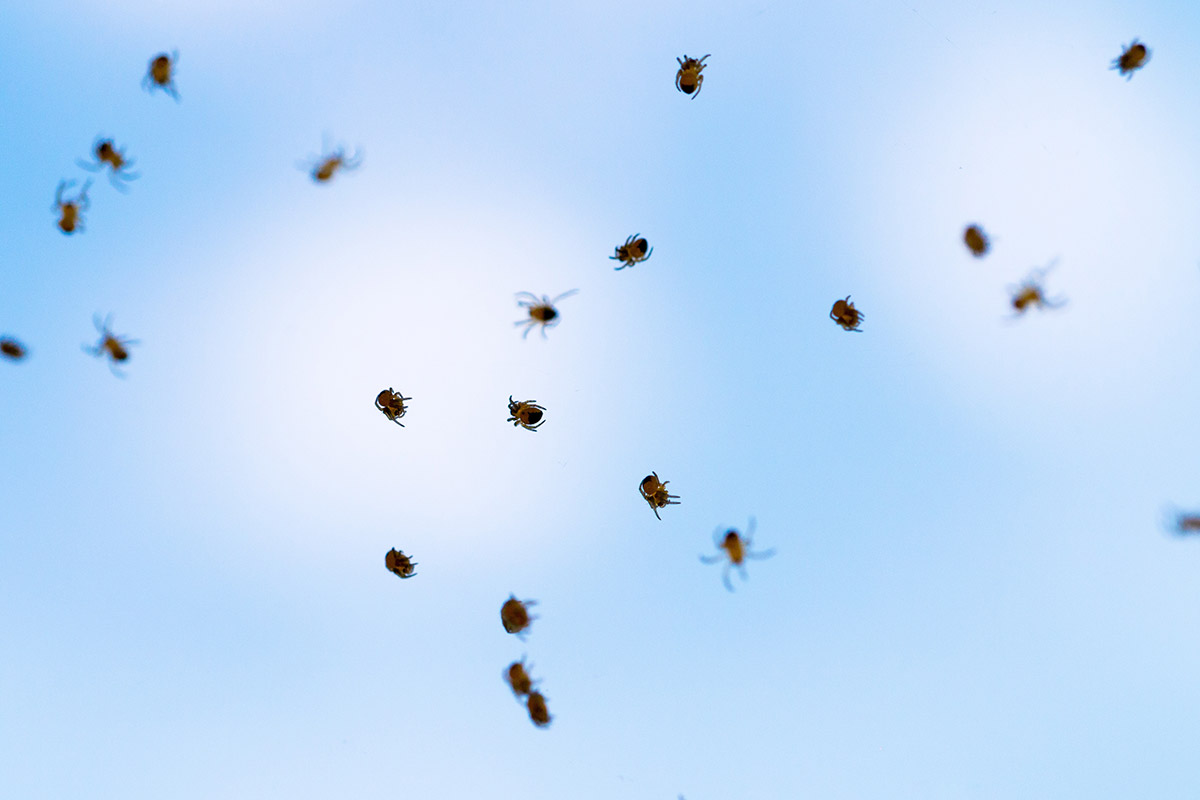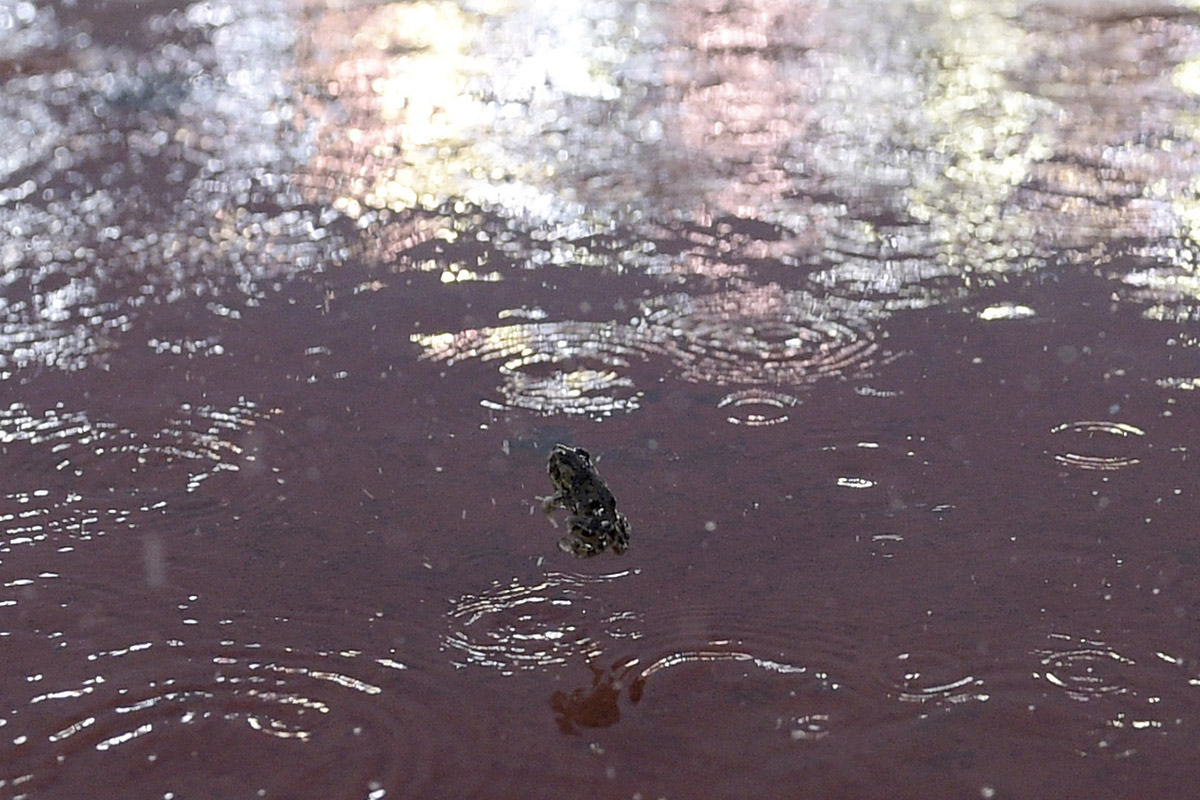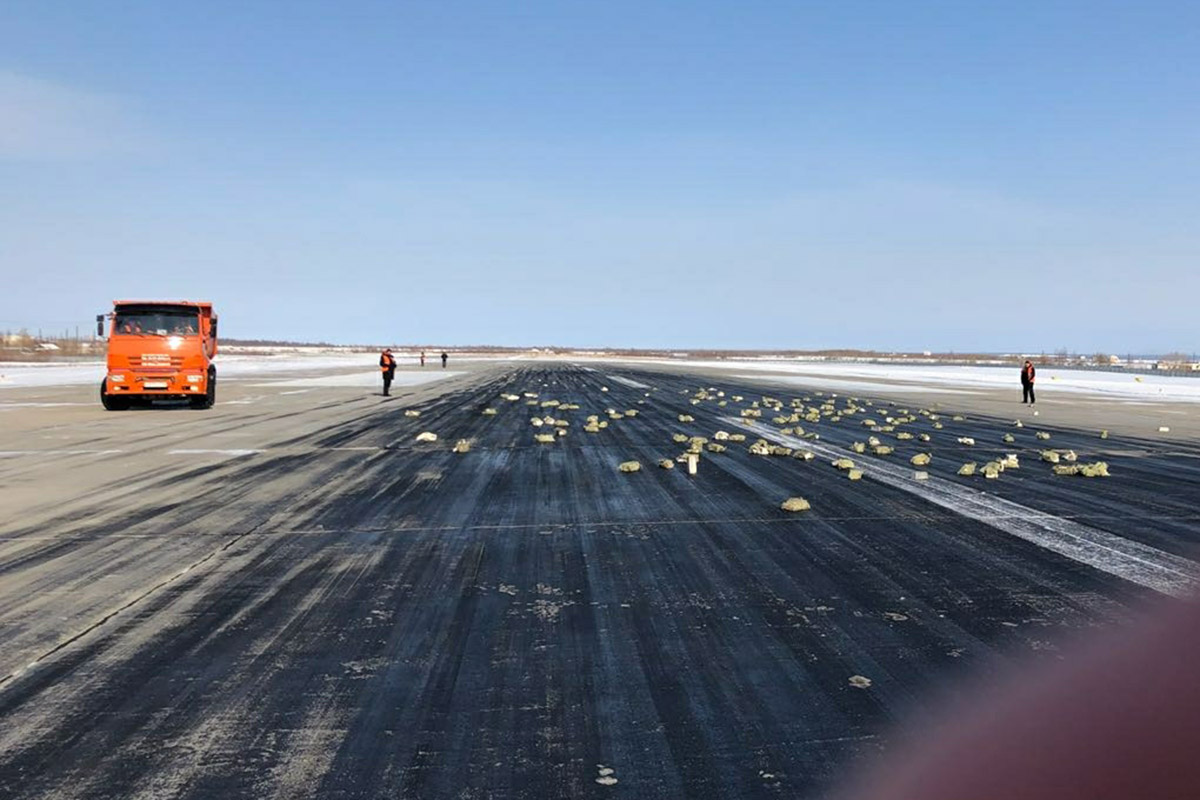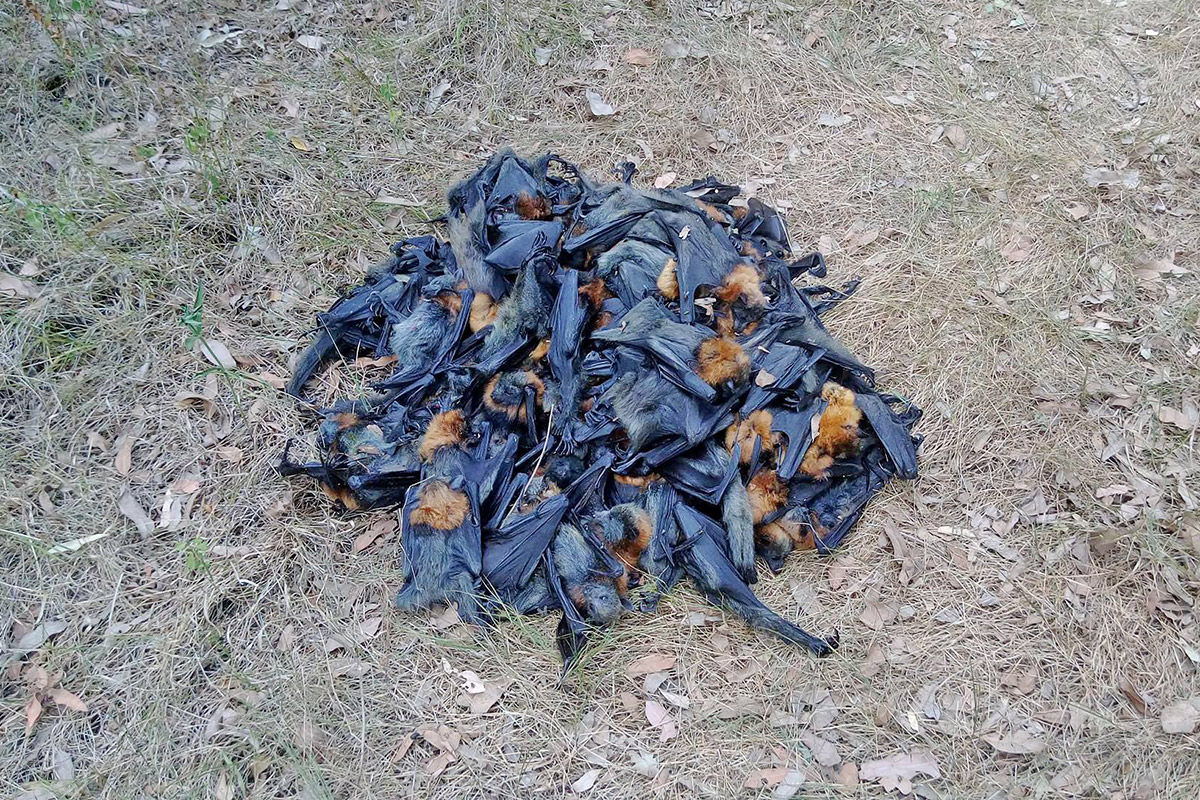The Weirdest Things That Fell From The Sky
Watch the skies

Umbrellas and galoshes will shield you from rain, snow and hail — but what about showers of spiders, satellites, and raw mystery meat?
Humans, it turns out, have caught them all falling from the sky at one point or another. And while some freak rain occurrences are easily explained by atmospheric forces, others have endured for hundreds of years as unsolved meteorological mysteries. Join us now as we tick through some of the weirdest weather phenomena to ever face the planet, and see how many science can solve.
Frozen iguanas

While residents of Tallahassee, Florida braced for their first measurable snowfall in 28 years this January, other Floridians braced for a hailstorm of frozen iguanas. The cold-blooded lizards are an invasive species in Florida, where they like to make their homes in suburban tree branches. "When the temperature goes down, [iguanas] literally shut down, and they can no longer hold on to the trees," said Ron Magill, wildlife expert and communications director for Zoo Miami. The paralyzed iguanas tumble out of the trees and remain stock-still (but not dead) until temperatures warm, allowing them to revive and scurry off again. (Florida also saw an iguana rain in 2008.)
Fish

In Mexico, fish fall from the sky so often there’s a name for it: "lluvia de peces" (literally, rain of fish). In fact, coastal cities around the world from California to England to India have all seen their own versions of the fishy phenomenon — so what’s going on? Poseidon’s wrath aside, one possible explanation (though there are several theories) is that these fish-falls stem from weather events called waterspouts — basically, a tornado that touches down on water. Sometimes, when the whirling winds suck up water from lakes or oceans, they lift up schools of unsuspecting fish (and other water-life) with them. The winds carry the critters inland, then ultimately drop them on land with whatever water remains.
Frogs

Waterspouts may also be to blame for the straight-up-Biblical phenomenon of frog rain. Tiny toads have been recorded dropping from the sky at least since 1873, when an article in Scientific American reported, "a shower of frogs which darkened the air and covered the ground for a long distance" following a rainstorm in Kansas City, Missouri. The precise cause of the 1873 frog rain is unknown, but scientists generally apply this logic to frog falls: if a strong wind could overturn a car or rip a tree from the ground, it could certainly carry a frog far from its swampy home.
Meat

OK, but what makes chunks of meat drop from the sky? This question captivated America in 1876 when, over the course of several minutes, a field in Bath County, Kentucky was beset by a steady rain of what appeared to be flakes of beef . According to a report in Scientific American, two gentleman who tasted the puzzling sky beef could not agree on whether it was actually mutton or venison; a third man attested it was, in fact, bear. One analyst concluded it was not meat at all, but a type of cyanobacteria that congealed into a fleshy jelly when exposed to rain. Others were convinced it was buzzard barf. For better or worse, the mysterious Kentucky Meat Shower of 1876 remains that — a mystery.
Blood rain

Sometimes, microorganisms are easier to blame for weird weather phenomena. Case in point: Residents of several villages in northwest Spain received an unpleasant surprise in 2014, when they noticed that the water in their fountains had turned a gory shade of red. The tint wasn't left behind by a guilty murderer's bloody hands, but rather by microscopic algae that arrived in a recent rainfall. Studies confirmed that the "blood rain" was teeming with freshwater algae called Haematococcus pluvialis, which produce a red pigment when they're stressed.
Spiders

Millions of tiny spiders fell from the sky in Australia in 2015 — and it wasn’t the first time. This phenomenon, known as "spider rain" or "angel hair” (because of the silky, hairlike threads the spiders leave behind), occurs when huge groups of spiders engage in a behavior called "ballooning" at the same time. When ballooning, spiders "climb some high area and stick their butts up in the air and release silk — then they just take off," Rick Vetter, a retired arachnologist at the University of California, Riverside told Live Science at the time. "This is going on all around us all the time. We just don't notice it."
Golf balls

According to a local news report, "dozens and dozens and dozens" of golf balls littered the streets of Punta Gorda, Florida following a heavy downpour in 1969. The balls baffled the waterfront community; no golf courses or driving ranges in the area reported any balls missing. The likeliest explanation? Perhaps a waterspout passed over the pond at a nearby golf course, sucking decades of poorly-aimed balls into the Florida sky.
Russian gold

It rained gold in Siberia for a few glorious minutes in March 2018, when an old transport plane carrying an estimated $378 million in gold, platinum and diamonds accidentally spilled its cargo while taking off from Yakutsk Airport. According to airport officials, the plane's cargo hatch ripped open during takeoff, causing nearly 200 solid-gold bricks to tumble onto the runway and nearby snow. Sadly for treasure hunters, police say they have recovered all of the spilled booty.
Boiled bats

In January 2018, hundreds of heat-stricken bats fell from the trees of Campbelltown, Australia after a heat wave launched local temperatures up to 111.5 degrees Fahrenheit (44.2 degrees Celsius). The bats — a species of flying fox called Pteropus poliocephalus — can safely handle temperatures of about 86 degrees F (30 degrees C) before the heat addles their brains. After that, "they basically boil," Kate Ryan, the colony manager for the Campbelltown bats, told a local paper. More than 200 bats were ultimately found dead, many of them babies.
Various space stations

It’s exhausting work orbiting the Earth at 17,500 miles (28,000 kilometers) per hour. Satellites are generally pretty good about taking this speed in stride but, sometimes, they lose steam and fall. At press time, for example, China’s Tiangong-1 satellite — a 9.4-ton (8.5 metric tons) prototype space station — is tumbling inexorably toward Earth, expected to break apart in the planet’s atmosphere in the next few weeks. It will not be the first: over the past 50 years, more than 5,900 tons (5,400 metric tons) of space debris has survived re-entry into Earth's atmosphere. Luckily, your odds of being hit by such debris are about a million times smaller than your odds of winning the Powerball jackpot — so play on!
Sign up for the Live Science daily newsletter now
Get the world’s most fascinating discoveries delivered straight to your inbox.

Brandon is the space/physics editor at Live Science. His writing has appeared in The Washington Post, Reader's Digest, CBS.com, the Richard Dawkins Foundation website and other outlets. He holds a bachelor's degree in creative writing from the University of Arizona, with minors in journalism and media arts. He enjoys writing most about space, geoscience and the mysteries of the universe.










